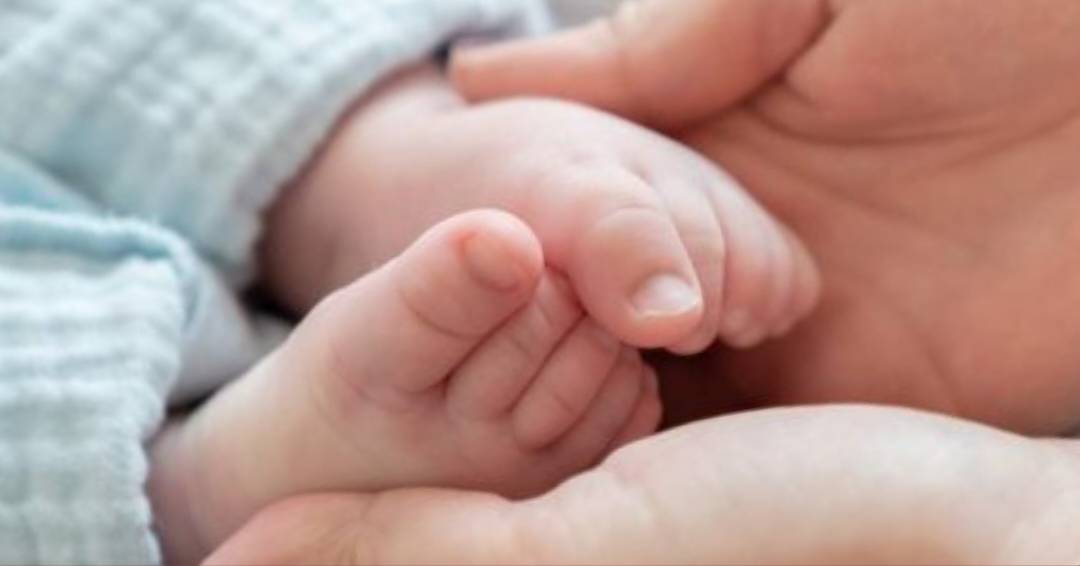
In the realm of women’s fertility, a profound understanding of the scientific aspects is key to overcoming challenges and realizing the dream of parenthood. With increasing awareness about the complexities surrounding fertility issues, couples are empowered to seek appropriate solutions and embark on a journey towards building a family. This article delves into the scientific side of women’s fertility, highlighting the significance of awareness in identifying problems and exploring potential solutions that can lead to the fulfillment of the cherished goal of parenthood.
1. The Physiology of Women’s Fertility:
– Understanding the menstrual cycle and ovulation: Exploring the intricate hormonal interplay that governs the menstrual cycle and the release of eggs during ovulation.
– Charting fertility signs: Highlighting the significance of tracking basal body temperature, cervical mucus changes, and other indicators to identify fertile windows.
2. Common Fertility Challenges:
– Age-related fertility decline: Discussing how a woman’s age affects her fertility and the decline in egg quantity and quality over time.
– Polycystic Ovary Syndrome (PCOS): Shedding light on the hormonal disorder that can disrupt ovulation and cause fertility issues.
– Endometriosis: Exploring the impact of this condition, characterized by the growth of uterine tissue outside the uterus, on fertility.
3. Fertility Testing and Diagnostic Tools:
– Hormonal evaluations: Highlighting the significance of hormone level assessments to determine ovarian reserve and detect any hormonal imbalances.
– Ovarian reserve testing: Discussing methods like Anti-Müllerian Hormone (AMH) testing and antral follicle count (AFC) to evaluate the quantity and quality of eggs.
– Diagnostic imaging techniques: Exploring the role of ultrasound, hysterosalpingography (HSG), and laparoscopy in diagnosing structural abnormalities, tubal blockages, or uterine issues.
4. Assisted Reproductive Technologies (ART) and Treatment Options:
– In vitro fertilization (IVF): Providing an overview of the procedure involving fertilization of eggs and sperm outside the body, and subsequent embryo transfer.
– Intrauterine Insemination (IUI): Exploring the process of placing specially prepared sperm directly into the uterus during the fertile window.
– Fertility medications: Discussing the role of medications like clomiphene citrate and gonadotropins in stimulating ovulation and optimizing fertility.
5. Lifestyle Factors Affecting Fertility:
– The impact of nutrition and exercise: Exploring the influence of a balanced diet and regular physical activity on reproductive health.
– Managing stress and emotional well-being: Discussing the importance of stress reduction techniques and emotional support in optimizing fertility outcomes.
– Environmental factors: Highlighting the potential effects of toxins, pollutants, and lifestyle habits on fertility and emphasizing the need for caution.
Conclusion:
Awareness of the scientific intricacies surrounding women’s fertility empowers couples to navigate through the challenges, make informed decisions, and seek appropriate solutions to achieve their dreams of parenthood. By understanding the physiology of fertility, common challenges, diagnostic tools, and treatment options, individuals can embark on a proactive and educated approach towards building a family. Embracing a holistic lifestyle, seeking professional guidance, and fostering emotional well-being contribute to a comprehensive journey towards realizing the cherished goal of parenthood.

Post Your Comments